IoT Revolutionizes Personal Emergency Response Systems
July 10, 2025
Estimated reading time: 11 minutes
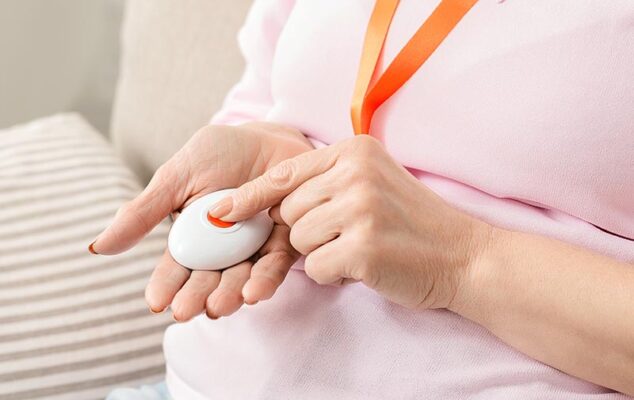
Personal emergency response systems (PERS) have evolved since their introduction by Lifeline in 1974. The original PERS were stationary, designed to assist older people in one location — the home.
These PERS devices had a transmitter encased in a plastic pendant and a base connected to a landline. They were reliant on user interaction. A device would activate only if the user pushed the pendant’s button, alerting the call center to the individual’s emergency.
Telecare and remote monitoring devices such as PERS have become more advanced and widespread. They offer enhanced options and reliability.
Newer PERS models are wearable Internet of Things (IoT) devices that safeguard users wherever they go. Their improved connectivity supports use cases for active individuals. Modern PERS devices alert emergency services on behalf of the user. They increase independence and provide greater peace of mind.
Unlike connected medical devices that collect health data, PERS are designed for immediate emergency response. Integration with smart technology and connectivity delivers advanced features in modern PERS.
Modern PERS are based on principles similar to traditional PERS. However, their expanded capabilities meet the needs of the mobile-driven individual.
The three primary types of PERS devices are designed for specific use cases:
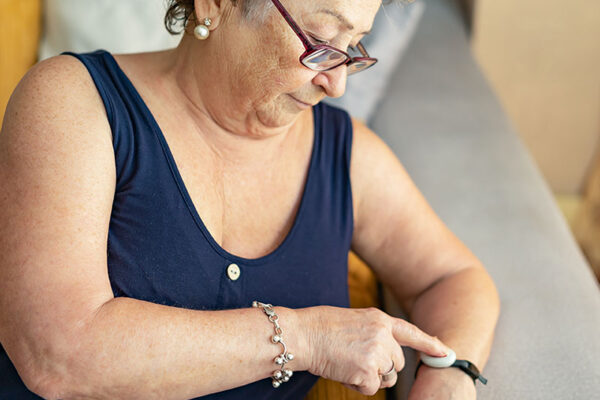
Traditional PERS devices support individuals who seek emergency help only at home. Users can rent, lease or purchase a traditional PERS device. Disabled individuals or older adults wear a small radio transmitter as a necklace. They are also wearable on a belt or wristband.
The transmitter is enabled by Wi-Fi or Bluetooth® wireless technology and equipped with a large help button. A hub connects to the home landline. One press of the help button sends a signal that dials the emergency response or monitoring center. A member at the call center verifies the complaint and reviews the patient’s history to determine whom to contact.
Mobile PERS (mPERS) devices provide emergency services on the go. These systems use GPS and Wi-Fi to track a person’s location. Users can call for help from any location covered by a cellular network.
The devices feature two-way communication with cellular coverage and a built-in speaker and microphone. Hands-free communication is available with most mPERS. The monitoring center operator speaks directly with the user to assess the situation.
Advanced mPERS technology offers improved functionality suitable for a range of users. Improved connectivity supports integration with smart home devices and smartphone apps. Artificial intelligence (AI) and machine learning (ML) enable advanced features like biometric readings and automatic fall detection.
Mobile and advanced PERS support older active adults and individuals with medical conditions who spend time away from home. Individuals who work alone and require emergency support use advanced mPERS to address their unique safety needs.

PERS requires four essential components to provide reliable emergency assistance:
Most PERS are wearable devices. Common styles include pendants, wristbands or bracelets. Clip-on devices that attach to clothing are also available. Newer technologies integrate PERS into smartwatches and smart home devices.
Wearable devices include a communication module and a global positioning system (GPS). They also have sensors and Subscriber Identity Module (SIM) cards.
Traditional PERS devices often connect to a home’s power source and may include backup batteries. Mobile PERS rely on rechargeable or replaceable batteries.
Software manages the data transmitted between the PERS and the monitoring center. Self-test and diagnostic features identify issues, while the platform manages emergency alerts and location tracking. Thorough testing and debugging ensure the PERS remains reliable in emergencies.

Reliable connectivity is a key component of PERS. Multiple wireless technologies establish continuous connections in various environments and use cases.
Landline connection: Most traditional PERS use a phone line in the home. A base unit connects to the landline and includes a microphone and speakers for voice communication. The user presses an emergency button to speak with an operator at the monitoring center.
Wi-Fi and Bluetooth technology: Many mobile and advanced PERS use Wi-Fi and Bluetooth technology. This provides for more reliable communication and location accuracy indoors.
Cellular networks: Cellular networks enable mPERS to send alerts without a landline. Devices connect anywhere cell service is available.
GPS and global navigation satellite system (GNSS) integration: GPS and GNSS track a person’s location. PERS and mPERS rely on precise location information to relay to emergency services.
Advanced solutions, like GNSS, provide more accurate location data, even in challenging urban environments. GNSS can reduce multipath effects in which GPS signals bounce off buildings or other objects before reaching the receiver. In such cases, the location can be miscalculated, which would delay emergency services.
A monitoring center with 24/7 support and two-way communication is required to respond to user alerts. Emergency protocol management (EPM) establishes a proper response to emergencies. Operators contact and dispatch emergency medical services (EMS), police and the fire department if needed. Centers can alert family members or caregivers to confirm the individual is safe, providing peace of mind.
Advanced technologies and new partnerships enhance the capabilities of these response systems and expand their use. Outdated stereotypes and a lack of knowledge about the advancements contribute to misconceptions about PERS.
Traditional PERS were developed for in-home use by older adults and people with disabilities. Modern PERS with technological advancements move beyond the home and offer mobile emergency support to anyone. They enhance safety and independence for various users, including health care workers and individuals living or working in remote areas.
PERS integrate with mental health and wellness support. Health teams use PERS for chronic disease management. Patient symptoms are monitored remotely to support proactive interventions.
Many people think PERS are limited to health emergencies, such as falls or heart attacks. However, PERS devices also support non-medical situations, like threats to safety that require immediate assistance. For example, emergency services can be contacted via PERS in case of a home invasion or fire.
Older versions of PERS required a bulky base and had limited features. The one-touch button on the transmitter could only alert a call center to a potential problem if the user pressed it.
Today, PERS are sleeker, multifunction devices with broader capabilities, such as GPS tracking and AI-driven alerts. Features like fall detection and two-way communication are incorporated into PERS. Assistive technology is available for individuals with severe mobility challenges.
Modern PERS are not limited to older adults afraid of falling at home. The advanced capabilities of newer systems assist individuals in various emergency scenarios. Both an older adult and a lone worker in a remote location benefit from modern PERS. This emergency service allows them to make informed decisions about their health and safety in an instant.
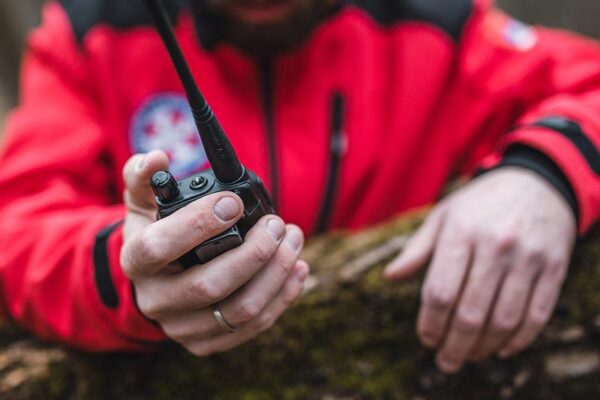
Lone workers in isolated or high-risk environments face unique safety risks. They often work off-site or non-traditional hours and rely on cell phones to stay in contact with their offices.
“The Lone Worker Safety Solutions Report” by Berg Insight estimates that 20% of employees in North America and Europe are lone workers. Europe has approximately 45 million lone workers. The U.S. has over 30 million, and Canada has nearly 4 million.
Dozens of industries employ lone workers, such as:
Field service technicians and maintenance personnel often work alone.
Lone workers depend on smartphone-based two-way communication and automatic location tracking for safety. In high-risk environments, mPERS technology with person-down or fall detection uses advanced sensors to monitor movements.
If the device detects prolonged inactivity or a sudden change that indicates a fall, it alerts a monitoring center. This technology is crucial in remote or hazardous locations where traditional safety measures may be insufficient.
Advanced mPERS are the next generation of PERS technology. Today’s mobile connectivity enables PERS to support new applications beyond traditional emergency response.
New use cases and applications promote user safety on the go. Users know they can reach EMS in public spaces and remote areas or during hazardous weather conditions.
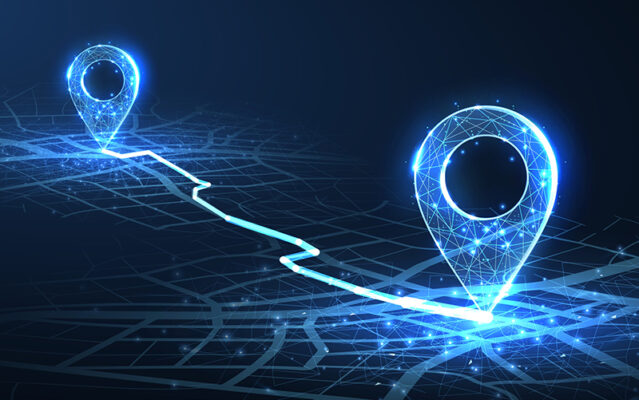

IoT revolutionized PERS with interconnected devices that communicate with smart home appliances and health care systems. The adoption of advanced Wi-Fi standards and 5G has improved the efficiency and reliability of PERS communications.
The number of connected IoT devices is expected to reach 40 billion by 2030. This will create significant potential for PERS and mPERS hardware development.
The PERS market is expected to reach $14 billion globally by 2030. In North America, it’s projected to increase to 7.5 million users by the end of 2028.
Some growth in the PERS market can be attributed to older adults adopting technology to meet their round-the-clock needs. AI and ML offer advanced options that do not restrict patients to their homes. These technologies learn patients’ routines and identify irregularities so they can receive timely care.
The needs of lone workers also facilitate growth, as awareness of lone worker safety services grows worldwide. IoT hardware devices and communications technologies enhance PERS. They are more mobile and versatile, which allows them to integrate with broader health care systems.
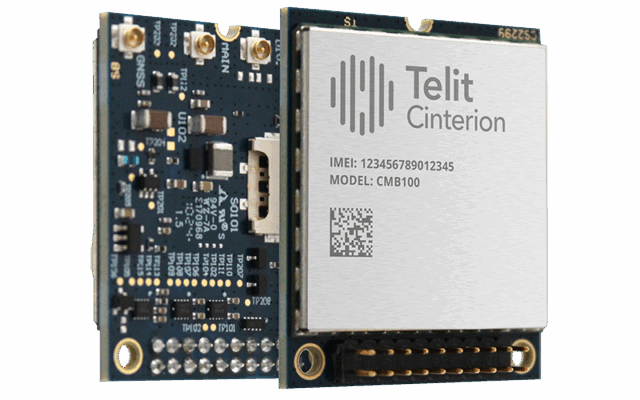
Telit Cinterion’s comprehensive IoT solutions are crucial to the telecare and telehealth industries. We offer:
Our remote provisioning eliminates physical SIM card swaps, enabling more efficient device deployment and management. Our cellular LPWA modules use minimal power and can extend device battery life up to 10 years.
Telit Cinterion’s development kits, like the CMB100, enable rapid network prototyping and testing of PERS devices. Developers can test location tracking and communications, as well as test and debug software. This ensures features like emergency calling and fall detection function properly.
IoT and personal safety markets continue to evolve. Our flexible solutions enable efficient and reliable emergency response systems. Telit Cinterion’s innovations shape the future of connected health care.
Speak with our IoT experts today to develop a PERS IoT solution with our trusted and secure IoT technology.